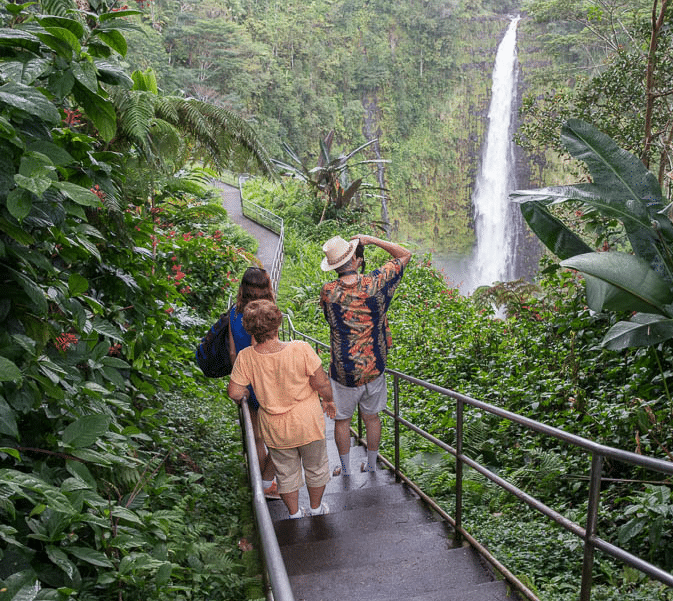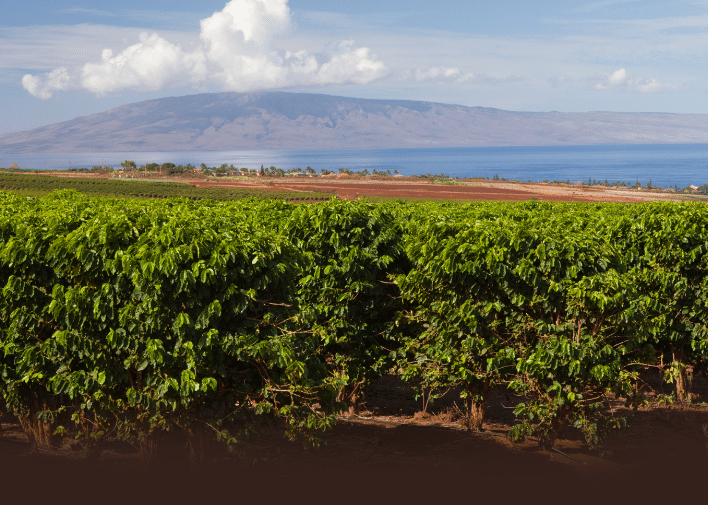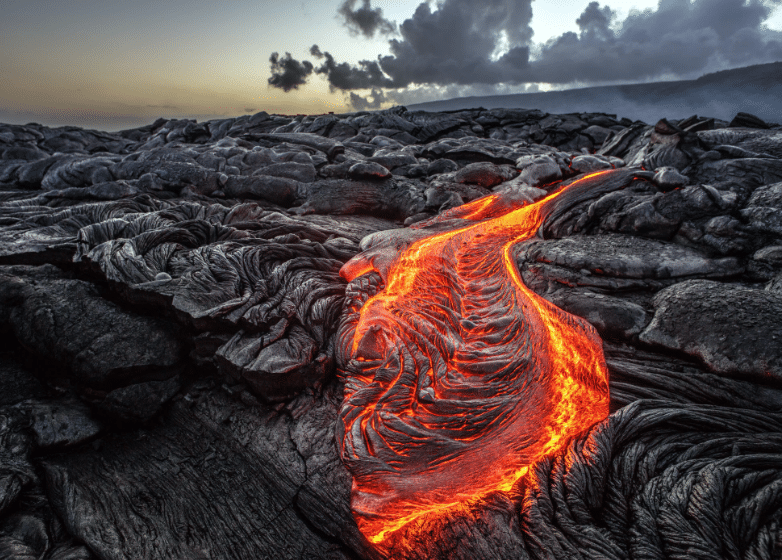Kona, the jewel of Hawaii’s Big Island, is renowned for its stunning landscapes, diverse ecosystems, and vibrant culture – a vast majority of which have been molded by the area’s rich volcanic history. From the island’s formation to the development of the unique flora and fauna and the world-famous Kona coffee, every facet of life in Kona bears the imprint of its volcanic legacy. This article will take you on a journey through Kona’s volcanic past and present, providing a glimpse into how volcanoes have helped shape this beautiful region and influenced the lives of its inhabitants.
The Birth Of Kona Through Volcanic Activity

The story of Kona begins with the fiery throes of volcanic eruptions. The Hawaiian Islands, of which Kona is a part, were birthed from the seafloor millions of years ago through a geological phenomenon known as a hotspot, where a plume of molten rock from deep within the Earth’s mantle pierces the crust and erupts onto the surface. This process has shaped the islands and continues to contribute to their growth and transformation.
Kona’s own genesis can be traced back to two key volcanic protagonists – Mauna Loa and Hualālai. These two giants are among the youngest and most active in the Hawaiian Islands chain. Over thousands of years, their persistent eruptions have contributed to Kona’s distinctive terrain, defining its topography and influencing the area’s ecology.
Kona’s Famous Volcanoes: Mauna Loa and Hualālai

Mauna Loa, the “Long Mountain,” is the world’s largest active volcano, while Hualālai, although less imposing, had the most recent eruption in Kona back in 1801. These geological behemoths are not just remarkable for their size and activity but also for the palpable influence they exert on Kona’s landscapes. From the expansive lava fields to the high mountain slopes, Mauna Loa and Hualālai have quite literally laid the groundwork for Kona’s unique environment.
While both volcanoes remain active, they are closely monitored by the US Geological Survey’s Hawaiian Volcano Observatory to predict future eruptions and protect local communities. Despite the potential threat they pose, these volcanoes are intrinsic to Kona’s identity, profoundly shaping its culture and economy.
The Unique Flora and Fauna of Kona

Kona’s volcanic soils, the product of countless eruptions, nourish a unique and diverse array of flora and fauna. These fertile soils, combined with the area’s tropical climate, foster the growth of lush rainforests, home to a plethora of endemic species. The ‘Ōhi’a and Koa trees, for instance, are adapted to live on volcanic soils and play a crucial role in the ecosystem, providing habitat for numerous bird species.
Kona’s fauna is just as unique as its flora. Several species have evolved and adapted to the volcanic environment, like the Hawaiian Honeycreeper birds, which have diversified into various species with unique beak shapes to exploit different food sources. This rich biodiversity, largely made possible by Kona’s volcanic landscape, is a testament to nature’s resilience and adaptability.
Kona’s Volcanic Landscape and Tourist Attractions

Kona’s volcanic origins have crafted a landscape of striking contrast and beauty that draws tourists from across the globe. The black sand beaches, a direct result of volcanic activity, offer a stark contrast against the azure Hawaiian waters. They are formed when hot lava enters the ocean and rapidly cools, shattering into small fragments that are eventually ground into sand by the waves.
Equally captivating are Kona’s lava tubes, subterranean passages formed by flowing lava. The Thurston Lava Tube in the Hawaii Volcanoes National Park is a prime example. These unique geological formations provide insight into the volcanic processes that shaped the island and are among Kona’s most visited tourist spots.
The Kona Coffee Story: A Gift from the Volcanoes

In the fertile volcanic soils of Kona, a special type of coffee is grown, renowned worldwide for its distinctive flavor profile. The mineral-rich soils combined with the island’s unique climate make Kona the perfect place for growing coffee. Volcanic ash breaks down into nutrient-rich soil that fosters robust coffee growth, contributing to Kona’s booming coffee industry.
Kona coffee, regarded as some of the finest in the world, is a cornerstone of the local economy. Coffee plantations sprawl across the volcanic slopes, and the annual Kona Coffee Cultural Festival celebrates the region’s coffee heritage, further underscoring the critical role that Kona’s volcanic legacy plays in the local economy.
Volcanic Hazards and Living with Volcanoes in Kona

Living on an active volcanic landscape is not without its risks. Volcanic hazards, such as lava flows, ash fall, and harmful gases, are a part of life in Kona. Local communities have learned to coexist with these threats, demonstrating remarkable resilience in the face of potential eruptions.
Effective hazard management is also critical to Kona’s safety. The Hawaiian Volcano Observatory plays a key role in monitoring volcanic activity and issuing timely warnings. Through a combination of scientific understanding, preparedness, and community resilience, Kona’s inhabitants have learned to live harmoniously with their volcanic neighbors.
Kona’s Volcanic Legacy: Impacts On Culture And Traditions

Kona’s volcanic legacy extends beyond the physical landscape, deeply ingraining itself in the local culture and traditions. Volcanoes feature prominently in Hawaiian mythology, most notably through the deity Pele, the goddess of volcanoes, who is believed to reside in Kona’s volcanoes.
Moreover, cultural practices, such as the traditional oli (chants) and hula dances, often pay homage to the volcanoes, highlighting their integral role in Kona’s cultural identity. These traditions remind us of the enduring connections between the natural environment and human culture.
The Bottom Line
Kona’s volcanic legacy is etched into every aspect of the region – from its geology and biodiversity to its economy, culture, and daily life. As we’ve explored, the fiery throes of Mauna Loa and Hualālai have given birth to a land of unparalleled beauty, fostering unique ecosystems, providing fertile soils for coffee cultivation, and shaping a resilient community that coexists with the risks posed by the very forces that created their homeland. By understanding and appreciating Kona’s volcanic legacy, we gain a deeper appreciation for the intricate links between natural processes and human societies.
